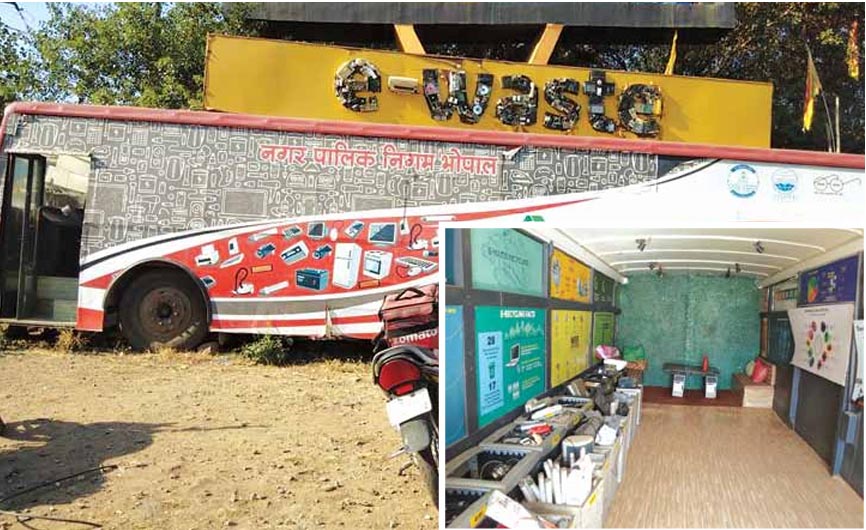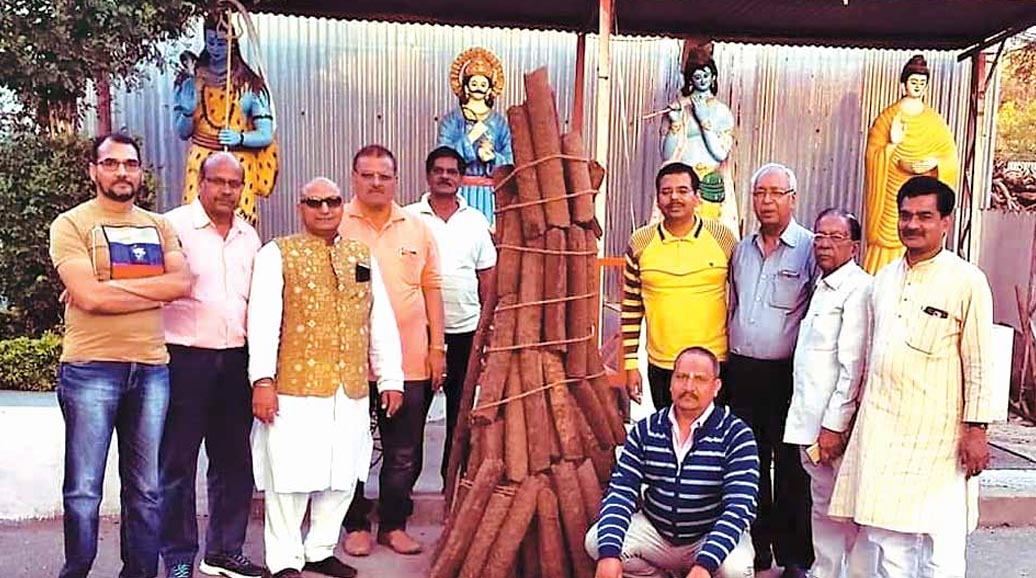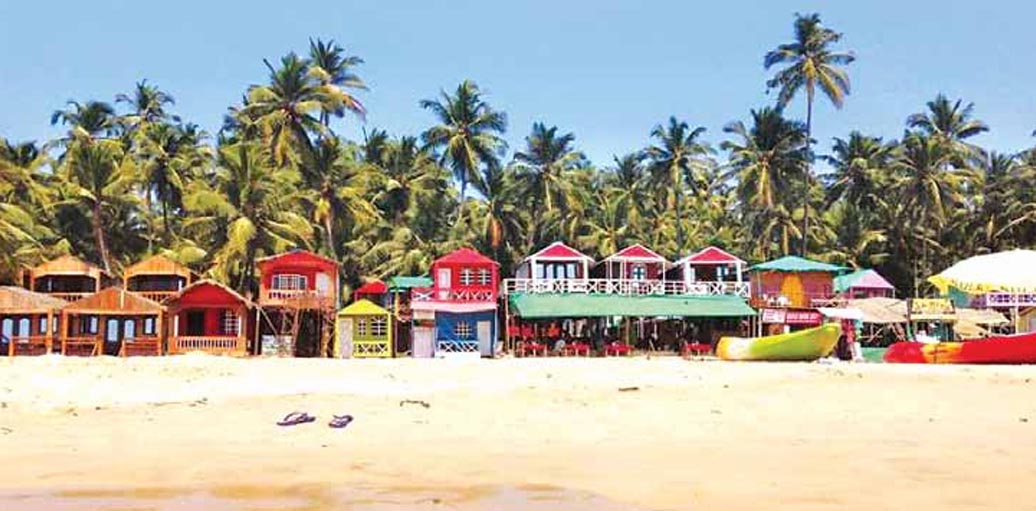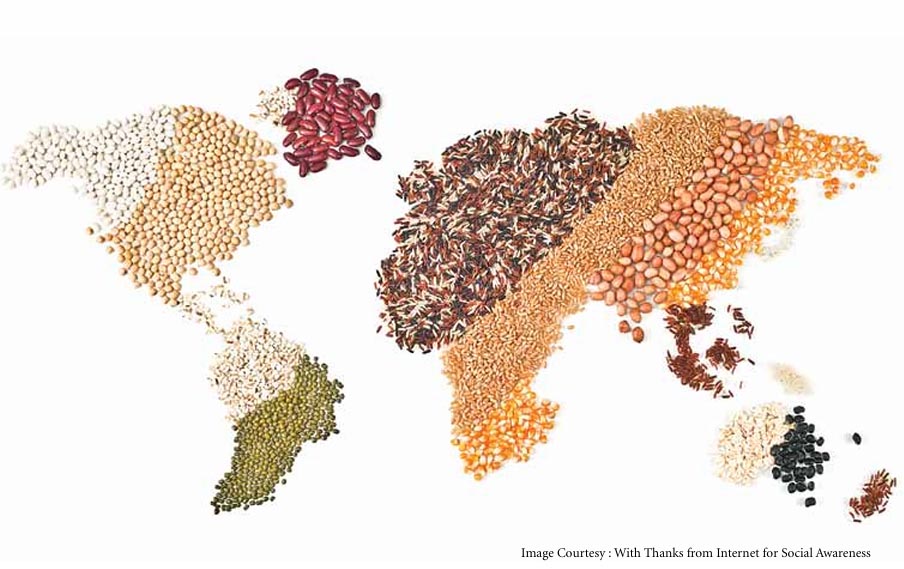
By Sreenivasa Murthy
Pardhi Reformation; Holistic Approach is the need of the hour
Holistic Approach in Search of Solution to address the issue of Pardhi Rehabilitation and Wildlife Protection
Pardhi Community Members winning the Sanctuary Asia Wildlife Service Awards
My Experiences with Pardhies : My experience with Pardhi communities’ dates back to my posting as Dy Conservator of Forest (Wildlife) to Chief Wildlife Warden’s office took in 1998. That was the time when forest department and other law enforcement agencies in India and Madhya Pradesh were not in a position to understand the effects of International trade in tiger and tiger parts culminating to the decimation of tiger populations in majority of the tiger landscape outside the TRs(Tiger Reserve). Sansar Chand the tiger mafia leader in India used the traditional poaching skills of Pardhi and Bagadi communities in an excellent way to run his nefarious network of wildlife trade successfully for almost a decade between 1995-2005.
It was around the same time Madhya Pradesh Forest Department came out with “Tiger Cell” concept where Forest and Police departments were to collaborate together to achieve effective tiger protection on the field. Anti-poaching squads and tiger protection sensitive zones were identified. At that time Mr Anoop Singh Rajpoot as ACF (Wildlife) was attending this issue and as I have a special interest in wildlife crime investigation, I offered my services on this count. Even I have attended a one week ‘Wildlife Crime Investigation’ in-service training course at National Police Academy, Hyderabad and another Forensic related training at Delhi. I am good at legal issues of forests and wildlife and I enriched myself with the skills to deal this important security issue. My knowledge about Pardhi community initially emanated from the research and field tours done by Mr Naresh Yadav, the then ACF and Anti-Poaching squad in charge at Jabalpur. Mr Chitaranjan Tyagi, the then DFO also had a knack to
deal with this tribe and had heard good stories about the skills of this community in forest craft, and trailing and trapping the wildlife from him. My first-hand exposure with these communities took place during one of my regular patrolling in Nauradehi Wildlife Division in 1996 without knowing that they are Pardhies. Then I have to deal with them directly in a bigger way as DFO Umaraia with one of the most prominent and first ever successful seizures that took place in Pardhi dheras (Shanties-Temporary tents) in 2001 near Naurozabad. Then I had full time opportunity to tackle the issue at Panna for more than six years and never allowed Pardhies to breach the security cordon of Panna TR.
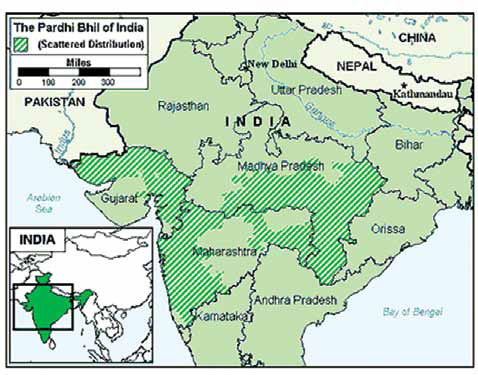 Pardhies as a Community:
Pardhies as a Community:
Pardhies are a nomadic community of northern India and basically spread over Gujarat, Maharashtra, Madhya Pradesh and Chhattisgarh. Pardhi is a Marathi word meaning ‘hunter’. Pardhies were prolific hunters and their hunting skills are extraordinary. They were used by kings to capture or hunt wild animals. They were experts in ancient weaponry like bows & arrows, swords and hunting traps. This made them highly efficient in guerrilla warfare. They were a nuisance for the British Empire along with other 150 Tribes of India who participated in the 1857 revolt. There were numerous other revolts against British by these tribal communities. To keep these tribal communities in check, British Brought the Criminal Tribes Act in 1871 and branded these tribes as criminals from birth. About a hundred and fifty tribes were branded as criminal, and the police were given sweeping powers to arrest them and watch over their movements. After the Independence in 1952, Indian government denotified Pardhies as “criminal” and named as a nomadic tribe. However, this has not changed the public perception of the tribe, and they continue to be stigmatized and live as outcasts, further aggravating their economic hardships. Their skills of hunting are very high and they can corner all the wild animals including tigers at will with their tactics and armoury in no time. There are many sub groups of hunting tribes in India but major groups include Pardhi, Behalia, Moghiya and Bavadias. But this article mainly deals with Pardhies only.
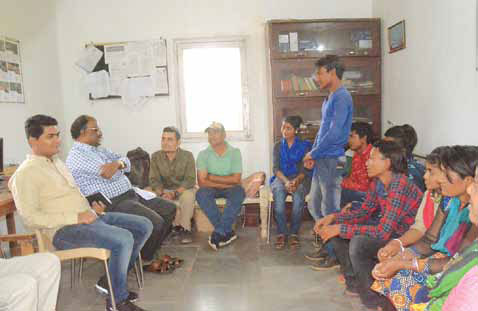
Even today Pardhies are nomadic to a great extent and live in dheras mostly in an ecotonal zone of forest and human habitation. They prefer their dheras to be made at an elevated place like our erstwhile forts that are located on hill tops to have an oversight of someone approaching them beforehand. Studies from various individuals and organizations (in the recent times) like Wildlife Protection Society, Forest Departments and Late Anil Yadav Madhya Pradesh indicate that there was and is a direct connection with wildlife poaching and trade with these communities. One needs to recall that during the peak period of tiger trade between 1995 and 2010 we have lost tigers in well-known TRs like Sariska and Panna in India and from many not so famous tiger habitats. Many of the wildlife crimes and poaching cases involved people from these communities. Of late commercial tiger poaching came down over last decade because of stringent protection strategies and diminishing tiger trade market (due to unknown reasons) these people shifted to sandal wood smuggling from tiger poaching.
 Pardhies facilitated by e – rickshaw for community development
Pardhies facilitated by e – rickshaw for community development
Experiments to wean away Pardhi Communities from hunting profession:
When the enforcement agencies and government realized that the Pardhi community is the real threat to the wildlife in general and tigers in particular, they started gathering the information about the historical, social and their profession related issues. Technological innovations are used to the maximum by illegal operations. Similarly, before the government systems started utilizing advantage of mobile phone communication to strengthen protection, illegal wildlife syndicates used the technology to their full advantage and equipped the Pardhies with them. Once it became clear we need to do something seriously besides putting the enforcement at full throttle, Government and non Government organizations and individuals had done something different to address the issue on a societal level. I am recalling three such examples here.
1. Bridge course for the Students of Pardhi Community:
In 2008 Dr G. Krishna Moorthy was Field Director of Panna TR. He initiated a residential bridge course for the Pardhi student community. The main idea to wean away Pardhi children from the traditional poaching profession. Bridge course was part of Sarva Shiksha Abhiyan of school education department’s scheme. In this scheme children below 14 years are given a bridge course of 9 months first to make them literate, and then they get admitted up to class six as per their calibre. WWF India also became a partner in this venture. At a later stage Last Wilderness joined the hands to support the programme.
Initially it was started in a World Food Programme godown, at Panna then shifted to a newly built hostel at Kunjvan, a nearby village adjoining Panna. With all difficulties the programme ran achieving some of its objectives over last 13 years in a limited way. Till now 5 students had cleared higher education (class 12) and all of them are pursuing graduation Similar attempts of bringing back the Pardhies into the main stream also took place in Vidisha. But all such attempts took place mostly at local level.
Basic Issues that needs attention for better success of such an out of box idea of social engineering are.

Reesna Pardhi who now works for Taj Safaris Kanh
i. Pardhies are not a Tribe in the scheduled list of tribes of India in 16 districts of Madhya Pradesh and in Panna district Pardhies are in general category. Hence technically, Pardhi students are ineligible to get admission into the residential courses of tribal students.
ii. Children who are admitted into the course get back to their parents during vacation and get engaged in the traditional profession of their parents i.e., hunting and thus the purpose of the programme gets defeated. Besides dropouts from the residential course are too many for various reasons.
iii. Only very few Pardhi children are included in this programme where as adults/parents of the Pardhi community are not attended to wean them away from their traditional profession i.e., hunting. Thus, again parents leaving their children in the residential bridge course, are freer to do their business with full freedom.
iv. Once the student clears class 8 again there is a problem for the children to pursue further higher education of class 9 to 12 and then graduation because of the reason indicated in point number (i).
v. Social stigma of other tribal community children’s non-acceptance of Pardhi children in residential courses where other tribal students stay is another untold hurdle that prevents the Pardhi children who wish to pursue higher education.
2. Late Anil Yadav’s Film on Pardhies:
This film was shot around 2008 and was a bold film where many of the Pardhi children accepted their parents killing wild animals including tigers even in Nepal. This is a CBFC certified film and may be seen in the link https:// youtu.be/sIzfAS-nEG4. This film also advocates education to the Pardhi children as a solution. But this film also avoids the issue of adult Pardhi community reforms.
3. Efforts of Last Wilderness to impart alternate employment to Pardhi children:
Last Wilderness, a Mumbai based NGO is striving at their own level untiringly to bring in some changes with the student communities of Pardhies especially again at Panna. They imparted guide and naturalist skills with Pardhi students and started a Walk with Pardhi programme with Taj Safaris. ‘Walk with the Pardhies’, an initiative undertaken by Last Wilderness Foundation in association with Taj Safaris and Forest Department, that aims at providing an alternative source of livelihood for the community members while utilising their already existing skill sets. Recently Last Wilderness also supported one Pardhi youth with an electrical auto as a part of livelihoods support.
These are some of the attempts that are being executed till now with some limited success to bring in social reform in the Pardhi community, especially Pardhi children as a focal point.
What needs to be done?
The author strongly believes the attempts that are in vogue are mostly local and individual actions without much of holistic approach to the problem. By saying so, I am not demeaning any of those efforts described above. Some of the permanent solutions suggested to address the Pardhi issue and Wildlife security are;
1. Bring the Pardhi Community on the ST list for whole the State:
First of all, bring in the Pardhi Community in Madhya Pradesh in the Scheduled Tribe list in all the districts to ducktail their education starting from schooling to graduation with government support within the ambit of existing schemes. This isssue needs to be taken up by Madhya Pradesh Government and to be resolved at GoI level as insertions and deletions in the Tribal list are done at Central Government level.
2. Address the Pardhi Issue Holistically:
Address the Pardhi issue holistically and systematically. Attempts at local level or by individual organization are not sufficient. Actually, it is a piece meal approach. The whole Pardhi community in Madhya Pradesh is estimated around 10,000 (a decade back) by me and their high concentrations are available in Katni and Panna districts. We need to address adult as well as children community together to bring in the anticipated changes in their life style to wean them away from the hunting profession.
3. Government Intervention is a Must to reform Pardhies as a Community:
This requires government attention and intervention at a high level and needs to be seen as conservation cost to reform a community and take care of the wildlife protection together in one go. The author urges Government’s urgent attention in this regard.
Let Wisdom Prevail.

